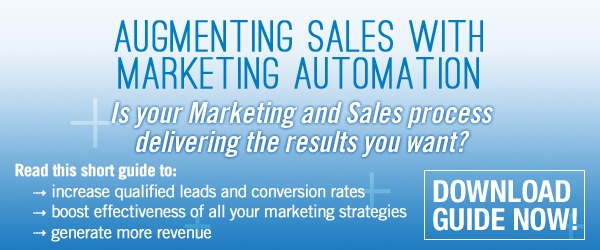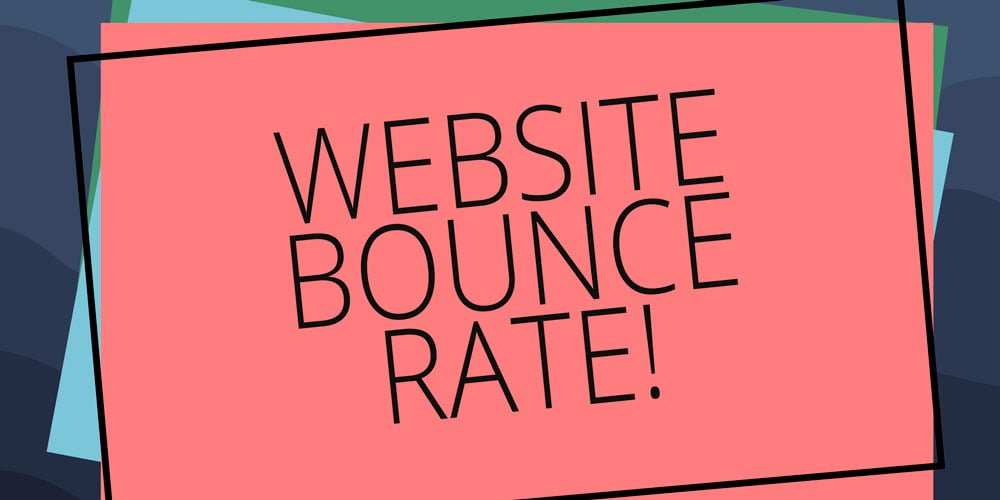
Yes, it’s true! There are still many businesses who don’t understand the web world beyond a website.
Today many who were reluctant to even consider investing a dollar in a website are scrambling to know how they can use the web to generate new leads.
Suddenly we all seem to agree on digital engagement to sustain our businesses in this post Covid world.
In such an unpredictable time, web traffic and online sales have actually shot through the roof, and more and more consumers are turning to small, local businesses.
Canada Post has reported a soon to be historic increase in shipments, numbers they’ve only ever seen during the height of the Christmas season.
CBC reports, “Data shows that over the past three weeks, the number of consumers purchasing from Shopify merchants for the first time — that is, people who haven't ordered from those particular vendors before — has grown by 78 per cent.”
This opportunity isn’t exclusive to the retail industry. Many B2B buyers have extra time to spend researching new suppliers and business partnerships. Small and often local companies are being sought out by these buyers solely because of their strong online marketing efforts.
Take advantage of a unique opportunity for new engagement by spending more time on your online marketing and social media campaigns.
Many marketing activities of small businesses fail from the start due to improper planning, inevitably resulting in wrong targeting, no direction, lost sales, poor sales pipeline and budget wastage. Without the budget to bring in outside agencies, small businesses are often on the hook to come up with a marketing plan on their own.
But small business marketing doesn’t have to be overwhelming. With a few key insights into your customer base and by taking advantage of the same free marketing resources utilized by the biggest companies, even the most limited budget can bring in real results.
Understand Your Audience
According to Inc.com, defining your target audience is as simple as: “Who are your current customers and why do they buy from you?” With this overview, you can delve deeper into the demographics (age, location, income/education level), and psychographics (values, interests, behaviours) of your audience.
The most common traits in the data collected will identify the ideal buyer persona for your product or service. This “persona” is who you are gearing your marketing to and the starting point to restructure your website to enhance user experience and provide relevant content that will attract similar ‘personas’ to return back.
Develop an Engagement Plan
Connecting with prospects and customers online is more important than ever.
Your digital marketing strategy should be a continuous loop: Your social media page leads a prospect to your website. Your website has a pop-up for email notifications or a newsletter subscription and they sign up. Your email marketing targets specific products to their inbox and they click the link to your site for further information. They see another social media post and remember to follow up on your email.
Each avenue of your marketing should lead back to each other to ensure consistent engagement with each lead.
Collecting email addresses and contact information, as well as relevant social media information, allows for the impression you’re always in touch.
You’ve heard the phrase “out of sight, out of mind.” In a world of ever expanding social networks, it’s important to be seen.
Step one: get active on social media and refer customers to your social media.
Show Leadership
The fastest way to drive interest in your business is to become an Industry Expert.
Make information accessible while displaying your expertise.
Work with blog posts, infographics, and all forms of content creation to exhibit your expert knowledge. Customers will consider you their go-to resource for all of their industry specific needs and in turn will develop a sense of trust for your business/brand.
Having relevant information available to everyone also provides proactive customer service. Most consumers themselves will take the initiative to look for an answer online first - wouldn’t it be best they receive that information from you?
Create Marketing Assets
Educating your customers on what to look for ensures they can make the best decisions. Going hand-in-hand with proactive customer service are those physical resources you can provide to develop their knowledge.
Free downloadable e-papers and e-books reach potential customers and re-engage existing ones.
Product brochures and competitor comparison documents are very effective at the closing stage of sales. If curated successfully, your marketing materials will follow a simple cycle often written as TOFU-MOFU-BOFU.
WebAscender describes Top of the Funnel (TOFU) as the first step of raising awareness about your business/product/service. Middle of the Funnel (MOFU) moves to teach your customer base what to look for in a great product/service. This is where you help them evaluate and consider the problem and possible solutions. Finally Bottom of Funnel (BOFU) actions encourage the customer to make a decision by showing them your product/service is the best choice.
Customers can feel they came to this decision on their own with the help of a little guidance.
“Hope is not a strategy” - but if you implement the marketing strategies above, you won’t need to hope for anything - you’ll be driving better marketing results than you imagined!







Comments
Add Comment